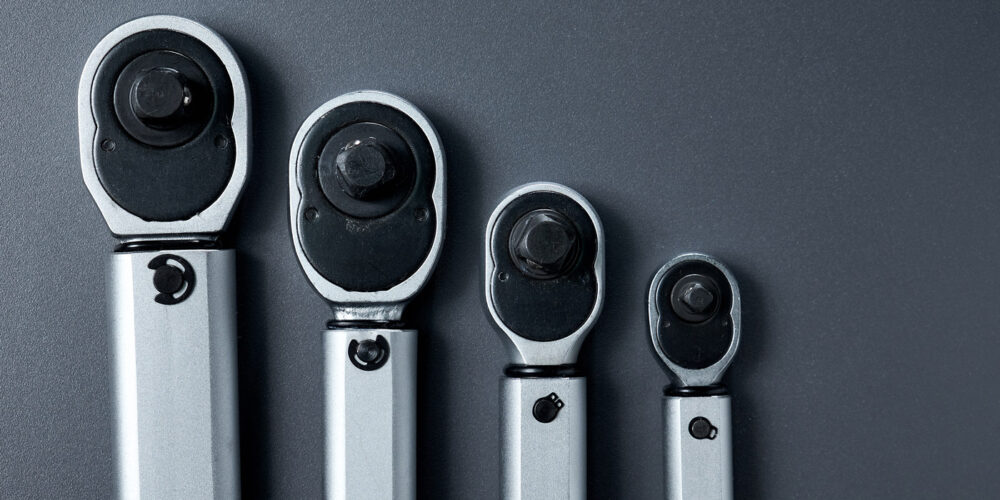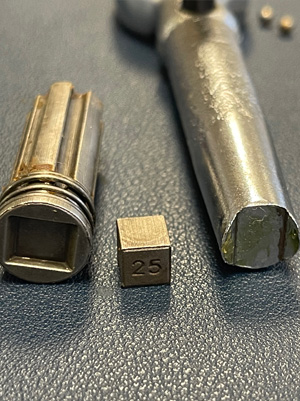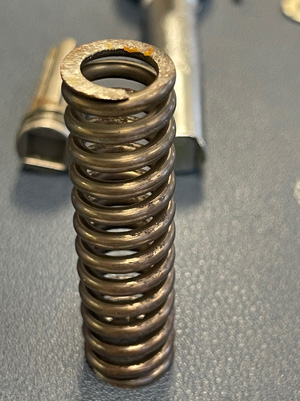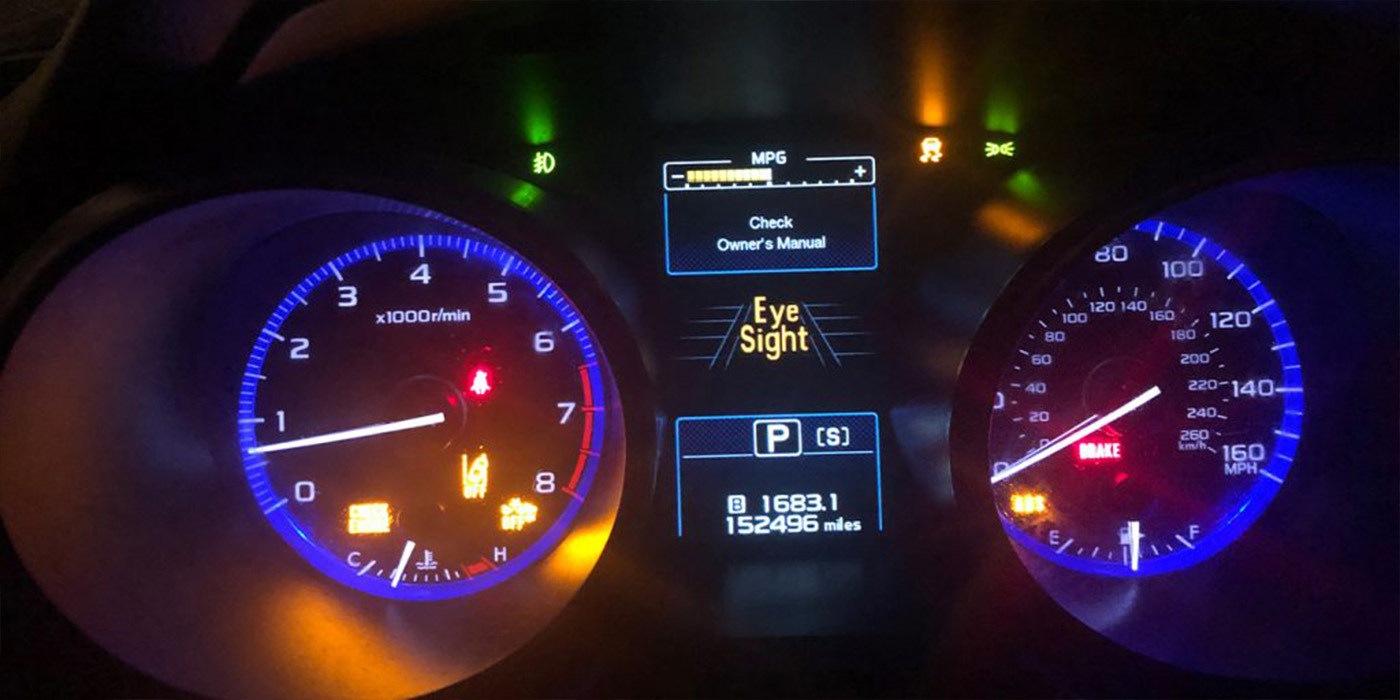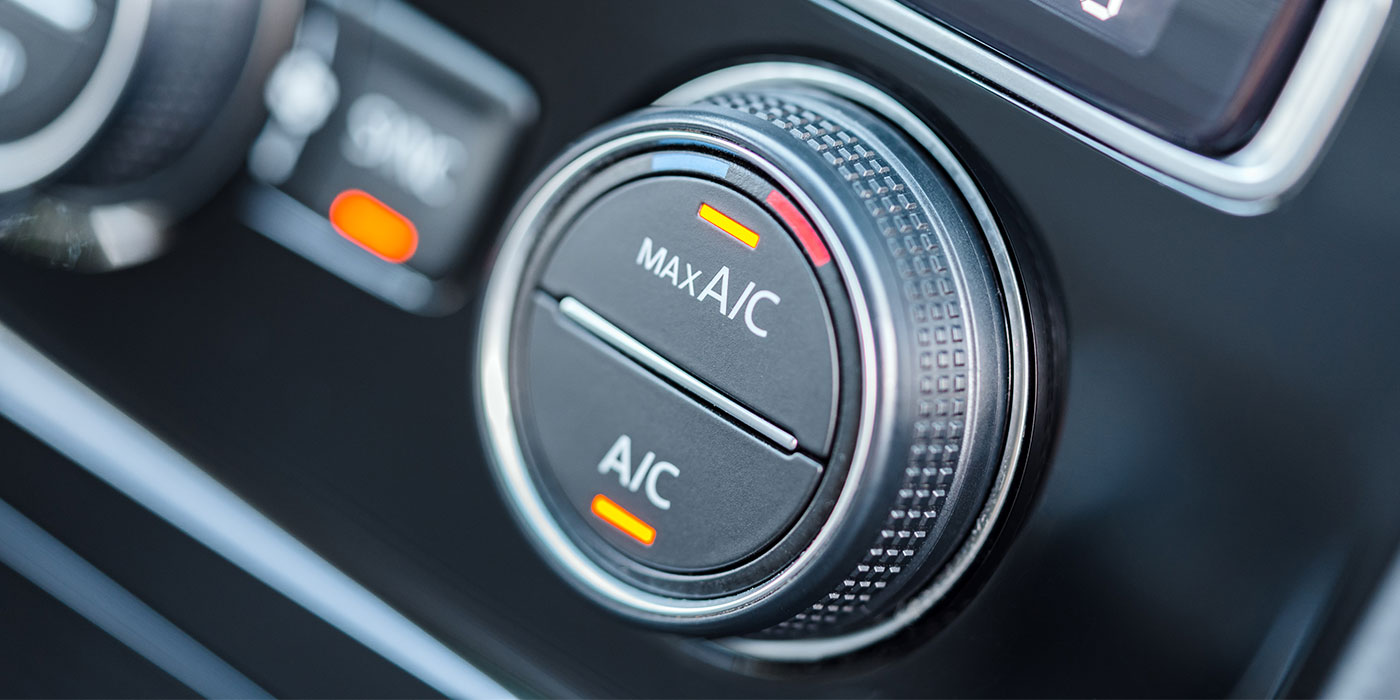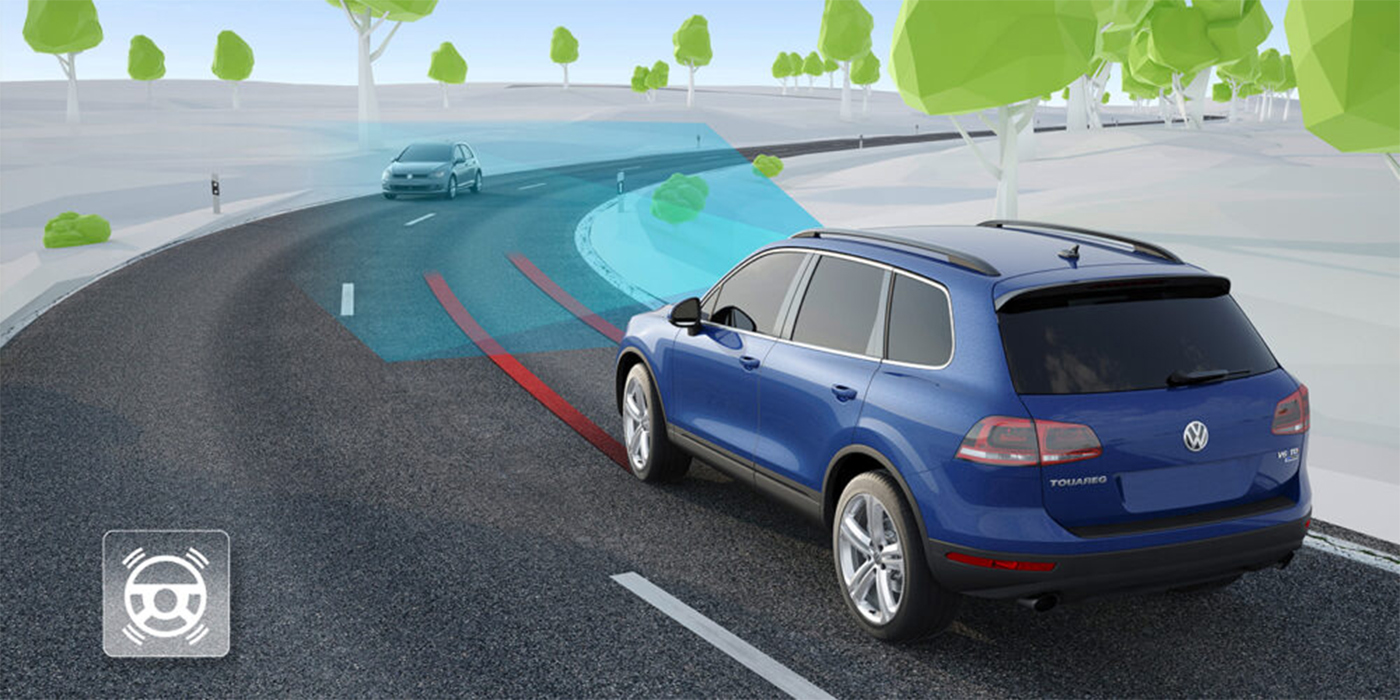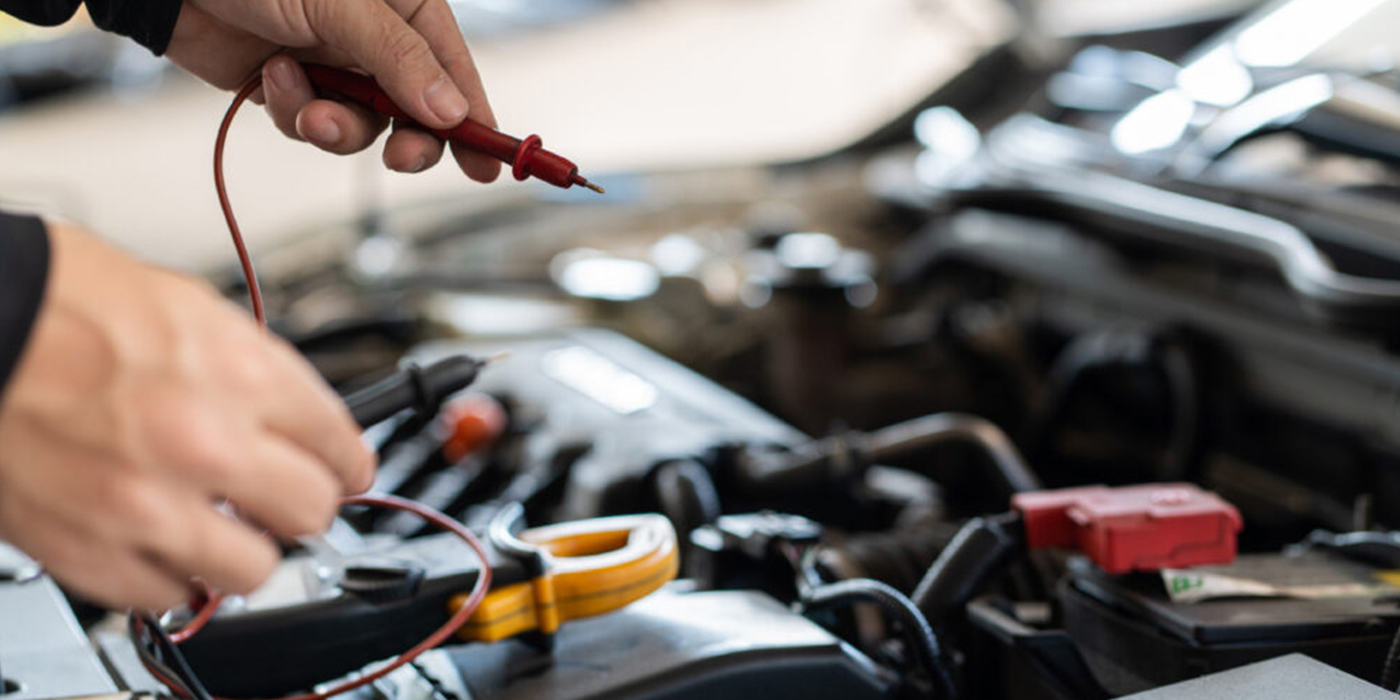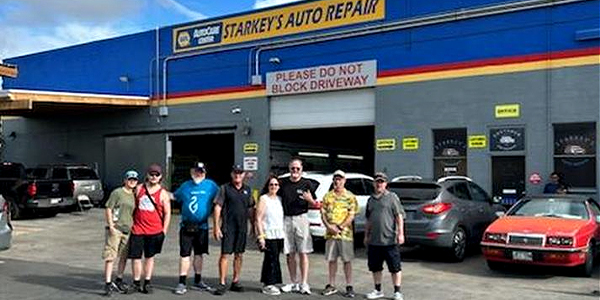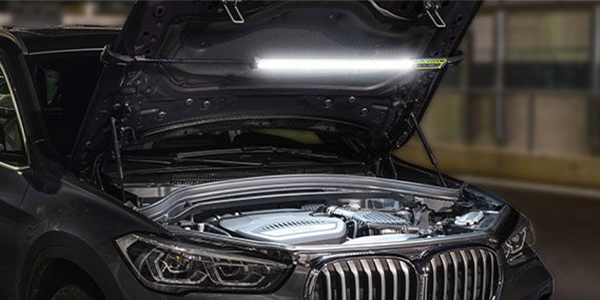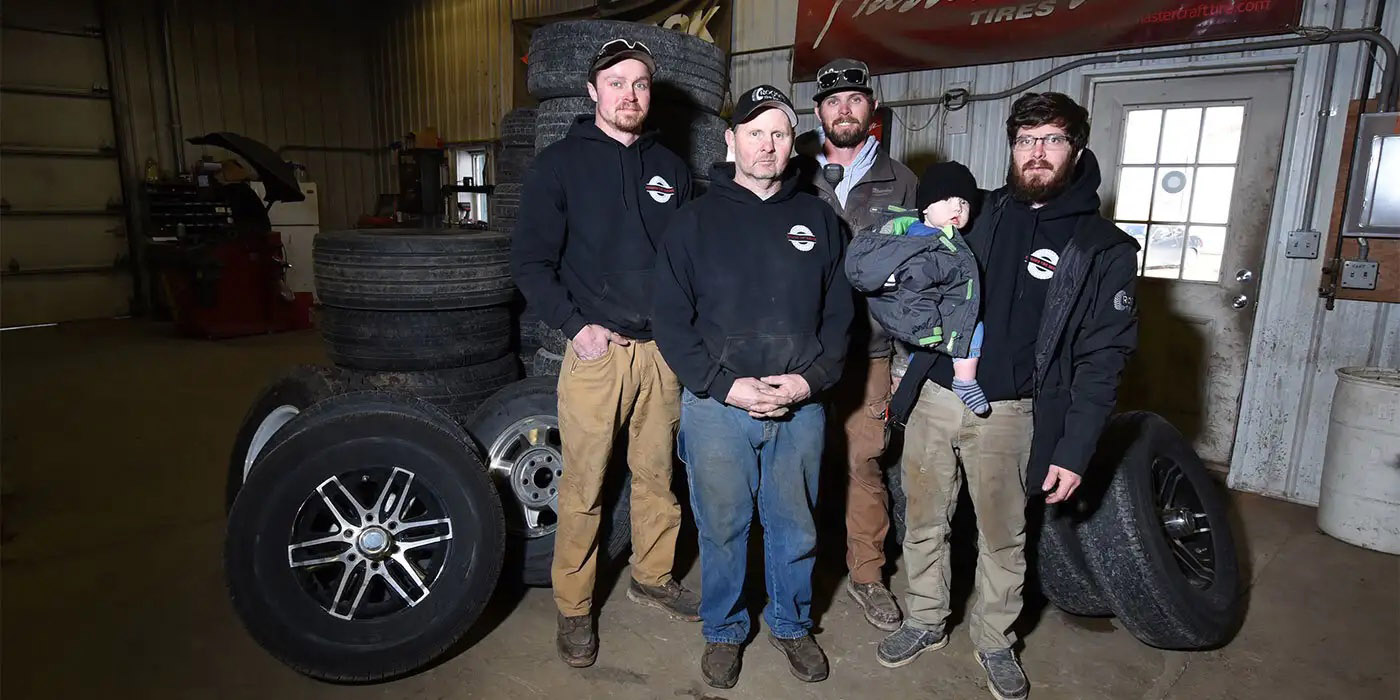The click-style torque wrench is the most common of torque tools. Click-style torque wrenches can be very accurate, but due to how the wrench makes the click, it can lose its factory calibration.
Below the head of the wrench is a pin that holds the head or the ratchet to the body of the wrench. The pin allows the ratchet head to pivot and move the tang below. At the base of the tang is a slot where a pivot block makes contact. The block is typically made of a softer metal than the tang. On the other side of the pivot block is the cam. Behind the cam is a spring that can be adjusted.
The pivot block tilts or dislodges when enough force is applied to the head of the wrench. When the block is dislodged, the bottom of the tang strikes the body of the wrench, making a click sound. When you twist the handle to increase or decrease the torque setting, this changes the preload of a spring below the cam and pivot block.
The pivot block can wear on the edges. The wear can cause the wrench to be inaccurate in the clockwise rotation but accurate in the counter-clockwise direction. If the wrench is dropped, it can shift the pivot block. The spring can also fatigue, causing the wrench to click before reaching the desired torque.
Calibration
A calibration procedure should be carried out at a facility that is ISO17025 certified. This ISO certification is for facilities that specialize in testing and calibration of tools like torque wrenches and measuring calipers.
Your wrench will be connected to a tester that applies force to the wrench to eliminate human error. The tester will perform several checks at specific torque settings. It will test several times to ensure repeatability. After the initial tests, the wrench can be adjusted or serviced according to the manufacturer’s procedures. Then, the wrench will be tested again to ensure accuracy. When your wrench is returned, it will include a report.
When a click-style torque wrench should be calibrated depends on where and how it is used. If you have a torque wrench used a few times a week for head or brake caliper bolts, it is recommended the wrench be calibrated annually or according to the manufacturer’s recommendations.
If multiple employees use a torque wrench in a tire or maintenance bay, calibration is recommended every 4,000 cycles by manufacturers and calibration services. If the average vehicle has five lug nuts, all four wheels for 200 vehicles can be serviced before the wrench should be calibrated. This might be three or six months between calibrations.
How Accurate?
Most torque wrenches are advertised with an accuracy of ±2-6%. If you dig a little deeper, the specs also provide a percentage called full-scale that is typically listed as 20-100% of full scale.
The full-scale specification means a torque wrench is not accurate when set at the lower settings of its scale. What does this mean for you? It means when you pull a torque wrench from your toolbox, it has an accuracy comfort zone. If you have a 25-250 ft-lbs rated torque wrench, the wrench will be the most accurate between 75-250 ft-lbs. This is the correct wrench for a lug nut with a torque spec of 140 ft-lbs. If you have a torque wrench rated at 120-400 ft-lbs, chances are the bottom end of the scale has the least accuracy, and you could under- or over-tighten fasteners.
There is a danger in using the upper ranges of a click-style torque wrench. For example, if you are using the 25-250 ft-lbs torque wrench to tighten an axle nut to 235 ft-lbs, there is a possibility of overloading the torque wrench and damaging the internal mechanism.
Calibrating a torque wrench might seem expensive, but inaccurately torquing a fastener can be even more costly. The worst-case scenario is a wheel coming off a vehicle. Even the insurance deductible is much more expensive than the cost of calibration.

